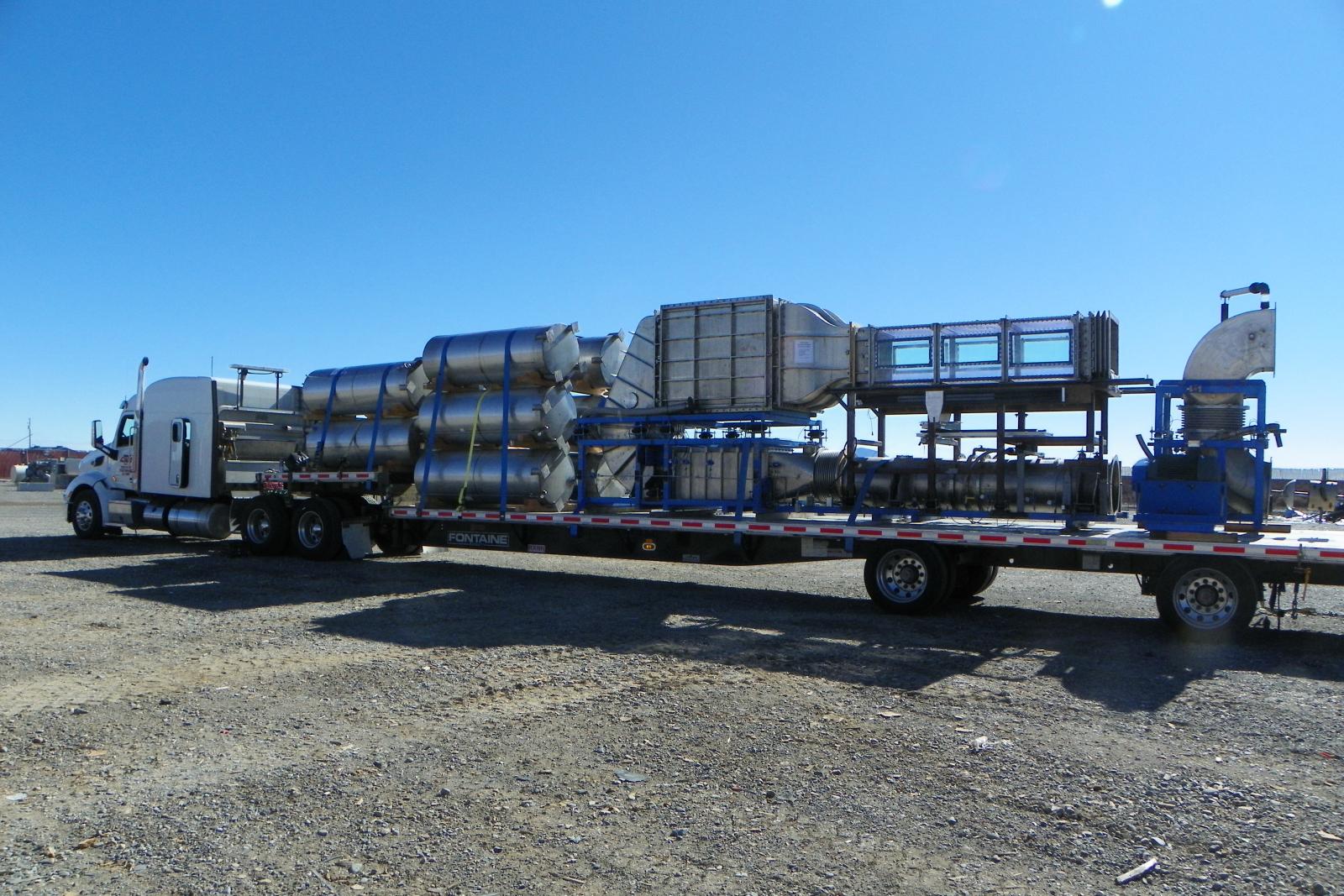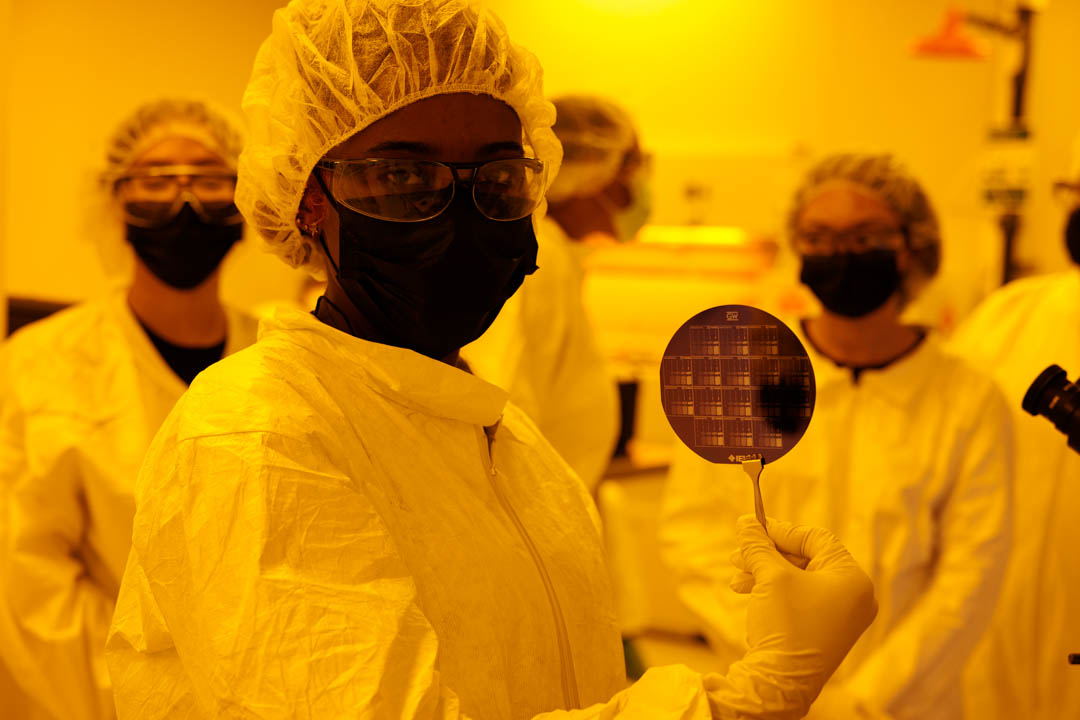Philippe Bardet’s latest haul lies hulking In the lower levels of the George Washington University’s Tompkins Hall of Engineering. The piles of crates, massive steel tubes and bulky jointed ducts look a little like the abandoned pieces of a giant robot circus.
In fact, they are the remains of a multimillion-dollar lab facility soon to be reborn at GW’s School of Engineering and Applied Science thanks to Bardet’s efforts and a grant from the Office of Naval Research (ONR)’s Defense University Research Instrumentation Program (DURIP).
“When I first saw it, I thought ‘My God, this is so big, what are we doing?’” said Bardet, laughing.
The equipment is the Matched Index of Refraction (MIR) system, once housed at the U.S. Department of Energy’s Idaho National Laboratory (INL). When the facility was decommissioned in 2021, its pieces were slated to end up scrapped and recycled.
Fortunately Bardet, a professor of mechanical and aerospace engineering whose research focuses on experimental fluid mechanics, heard about the available equipment through a former colleague and successfully petitioned with INL and GW to bring it to GW. He then secured a DURIP grant to enhance the ability of the facility. The equipment will be repurposed into not one but two new facilities that will enable a new level of research on turbulence.
“There are very few facilities like this in the world at the university level, so it’s very unique in that regard because of the scale,” Bardet said.
If you’ve ever traveled by plane, you’re familiar with turbulence as it manifests in air. Characterized by multiple vortices of motion—rapid, chaotic changes in a flow’s speed, pressure and direction—turbulence can occur in any fluid medium. A ship’s wake is turbulence, as is a bowl of eggs being whisked by a chef. Strongly turbulent systems have a high Reynolds number, indicating many vortices from very large to tiny, and are notoriously difficult to study.
One reason for that difficulty is the scale such study demands, Bardet said. “When you do fluid mechanics, the smaller your measurements, the bigger your laboratory needs to be.” The turbulent system needs to be vast in order for those many small vortices to reach an observable size.
The MIR system was the largest of its kind—27 feet long and 10 feet high, with pipes two feet in diameter and polished inside to a mirrorlike sheen. At GW, those pipes will become part of Bardet’s first facility: a massive, 130-foot loop of pipe with a powerful pump at one end, a series of contracting and expanding bellows to create motion and a transparent “test section” for observing fluid in motion.
“It’s going to be one of the biggest of its kind,” Bardet said. The pipe will run the full length of Bardet’s cavernous laboratory in Tompkins B03, which is already packed with large-scale experimental equipment like a colossal tank of water used to create huge, sloshing waves and a two-story “shake table” that once simulated the effect of earthquakes on nuclear reactors.
Other MIR components will become a second facility, also a water tunnel, that will enable study of objects in turbulent systems— like flow around streamline bodies, for instance. (The final destination of that facility is still being settled.) Both were designed by Bardet and his team at GW and will use their own cutting-edge diagnostic systems.
“It’s exciting because we should be about to visualize for the first time this very high scale of turbulence that becomes important for a range of engineering applications – hydrodynamics, transportation for tankers, thermal hydraulics,” Bardet said.
For Bardet, the award speaks to GW’s status as a research institution. “These grants are very competitive, so it’s exciting,” he said. The new facilities will also enable collaboration with ONR researchers.
In order not to disturb ongoing work during the semester, Bardet and his team will rearrange the lab and assemble the new facility this summer. Like all his projects, he said, the assembly will be a close collaboration with students.
“It’s just fun to start with a drawing on a napkin, design something and then build it and see it in front of you,” Bardet said.





